Sour Diesel. Purple Kush. Amnesia Haze. If you’re a fan of cannabis, you’ve probably noticed that there are many different types to choose from, and most of them have funny names. And yes—they are all different. But, what makes them different, exactly? And how many marijuana strains are there, really? Well, let’s find out.
What Are Cannabis Strains?
In popular culture, different cannabis cultivars are referred to as “strains.” Each individual strain is a cannabis variety that has been bred for its specific characteristics by a cannabis breeder. So, Granddaddy Purple is a strain. Harlequin is another strain. The former is a sleepy strain that produces a high percentage of the psychoactive tetrahydrocannabinol (THC). The latter is a mellow flower that produces both THC and cannabidiol (CBD). The plants both have different lineages and different characteristics. Hence, they are different strains.
But, the word “strain” comes with a fair share of controversy. From a scientific perspective, referring to cannabis varieties as “strains” makes very little sense. And yet, “strain” is the word that remains in popular culture. The difference is mainly semantic—in the world of botany, different plant varieties are called cultivars, not strains. The word “strains” is usually reserved for bacteria and viruses, not plants.
In the world of cannabis, however, the word strain caught on in the 1980s and there’s been little looking back since. The word is embedded in popular culture, and most cannabis dispensaries and enthusiasts still use the term to describe different varieties of cannabis. With new waves of cannabis legalization, however, more technical and scientific ways of describing the plant are slowly becoming more popular.
Types of Cannabis Strains
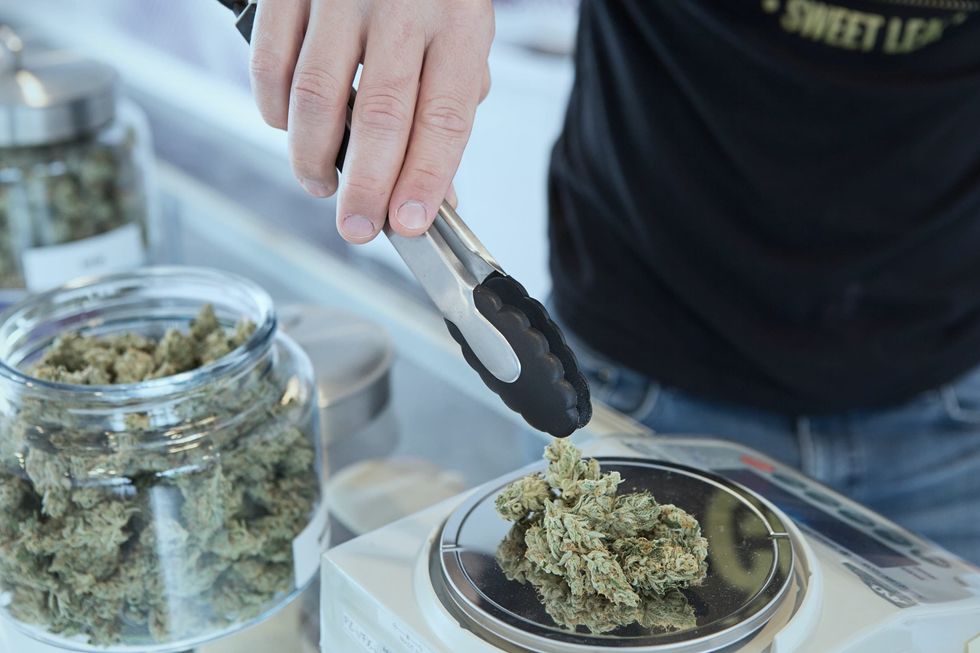
Old habits die hard. In popular culture, cannabis cultivars are generally divided into three distinct categories: indica, sativa, and hybrid. These categories, however, may actually mean very little in terms of describing the overall effects of the plant. Over the past decade, research has shown that a strain’s indica, sativa, or hybrid status has little influence on the overall experienced effect of any given strain.
Rather, the effects of a particular strain are determined by the combination of chemical compounds that the flower produces. Whether or not you feel sleepy, energized, or intoxicated by a particular cannabis strain depends on the chemotype of the plant, not the plant’s indica or sativa status.
A chemotype is like a chemical fingerprint. Different families of plants will produce different bouquets of aromatic and psychoactive compounds. The compounds that make up these bouquets partially determine what mental and physical effects the strain will have upon smoking or ingesting the herb.
This is especially the case for different combinations of terpenes the plant produces. Terpenes are responsible for the distinct smell of various cannabis cultivars, and they also have an impact on the overall effect or experience with inhaled cannabis.
For example, some strains are more likely to produce compounds that make you sleepy, while others do not. Further, some strains will produce more THC than others, making them potentially more intoxicating.
Whether you're using the cannabis plant medically or for other reasons, these distinction can help you further dial in your cannabis regimen.
What the indica/sativa distinction is good for, however, is giving a general idea about the phenotypic characteristics of the cultivar. A phenotype is a set of expressed physical characteristics that are genetically inherited—just as some people inherit blue eyes from their parents, some cannabis plants inherit broad leaves. Here’s a quick summary of the difference between cannabis indica and sativa plants:
What are Sativa Strains?
In popular culture, sativa strains are thought to be more energizing than sleepy. However, as mentioned above, the effects that a given plant produces depends very little on its status as an indica or sativa. Instead, the word sativa tells us more about the physical characteristics of the plant. A sativa plant is more likely to produce narrow leaves, grow tall, and features a long flowering time.
What Strains Are Sativa?
Most strains cultivated today are technically hybrids. Nevertheless, some plants express strong sativa phenotypes. These plants tend to produce thin leaves and can grow to be fairly tall. Three of the most popular sativa cultivars are:
- Jack Herer
- Sour Diesel
- Green Crack
What are Indica Strains?
In popular culture, indica strains are thought to be more sleepy than energizing. However, this is somewhat untrue. A strain will be more sleepy and hypnotic based on the presence of sedative aromatic molecules, like the musky terpene myrcene. A strain does not have to be an indica to produce myrcene and not all indicas feature high levels of sedative terpenes.
Instead, the word indica more accurately describes the physical characteristics of some cannabis plants. Cannabis indica plants tend to be short, stocky, and feature broad leaves. These plants are better adapted to cold climates.
What Strains Are Indica?
Just as some plants strongly express sativa phenotypes, others express strong indica phenotypes. These plants will feature broad leaves, often have a shorter flowering time, and are more likely to be short and stocky. Three of the most popular indica cultivars are:
- Purple Punch
- Zkittlez
- Grandaddy Purple
What are Hybrid Strains?
In popular culture, hybrid strains are crosses between known indica and sativa parents. But, from a scientific perspective, most modern cannabis strains are hybrids. In essence, new strains are created by cross-breeding different cultivars together, a process called hybridization.
What Strains Are Hybrid?
The majority of contemporary cannabis strains are hybrids. Therefore, it’s difficult to accurately list cultivars that fall under the “hybrid” category. But, from a popular culture perspective, a few of the most famous hybrid strains include:
- GG4
- Blue Dream
- OG Kush
How Many Marijuana Strains Are There?
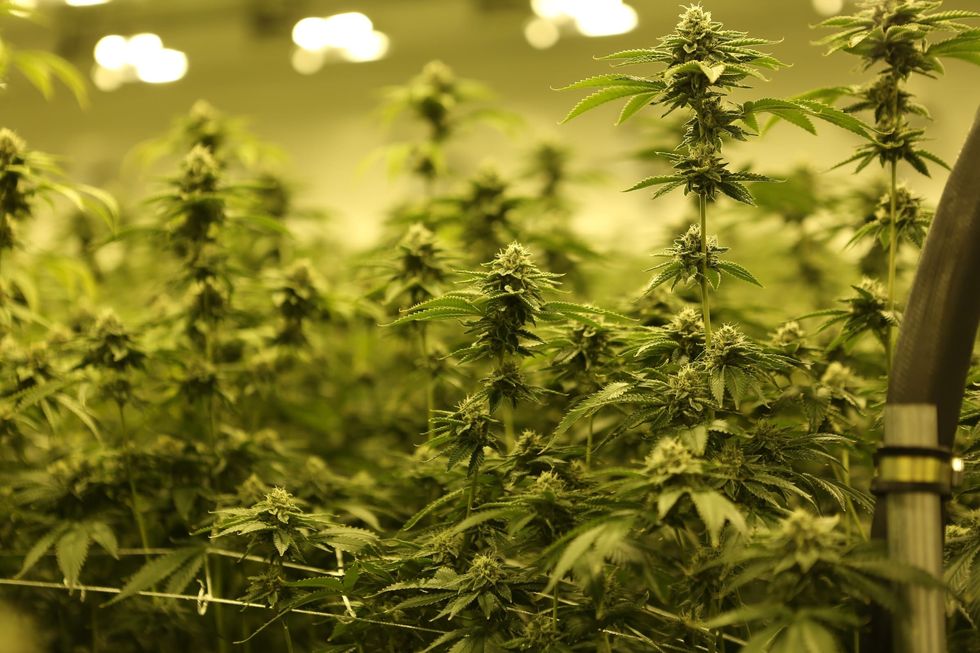
Hundreds. Thousands. Getting an exact answer about how many cannabis strains there are is quite difficult. Why? New cannabis hybrids are bred all the time. Massive strain databases, like Leafly, have over 3,600 unique cannabis strains listed on their website. The vast majority of these varieties, however, are minor cannabis strains that are not well-known to the general public. In total, the general estimate from cannabis experts suggests that there are over 700 different unique strains; the rest may be derivative from these 700.
That’s a pretty big gap, right? Here’s why there’s such a discrepancy. Cannabis breeds a lot like people do (well, no not that way.) Usually, a cannabis plant will be either male or female. As such, when two plants are bred together, the resulting seeds will inherit genetic information from both the male (father plant) and the female (mother plant)—just like people do.
So, it’s possible to have incredible genetic diversity amongst different cannabis plants. It also makes it very easy to pick plants that have preferred characteristics and breed them together to make a new plant that contains the best of both worlds. Once cannabis breeders stabilize a unique mix, it becomes a new cultivar or strain. That “strain” is then named, marketed, and sold as a unique cannabis variety—like Blue Dream or Cat Piss.
Or, for example, like the Blue Cookies strain. The hybrid is the offspring of two popular parents: Girl Scout Cookies and Blueberry. After potentially several generations of stabilization, Blue Cookies can enter the market as its own unique strain. So, if you were to buy Blue Cookies seeds, you would get seeds from a Blue Cookies plant crossed with another Blue Cookies plant. If you were to get a clone, it would be a clone clipped from a Blue Cookies plant. Some strains, like Blue Cookies, are popular enough to garner mainstream attention. Others are more small-scale local legends cultivated by backyard and basement growers.
Cannabis, however, isn’t the only plant that is bred this way. Humans have been hybridizing, selecting, and stabilizing crops for millennia. While there are potentially 3,600 plus known cannabis cultivars, there are also 3,000 different registered tulip varieties and over 10,000 different varieties of wine grapes. And we make new ones all the time, to withstand pests, to improve flavor, to tolerate drought, et cetera.
For more, check out our complete collection of cannabis strain reviews.
The Bluntness is gearing up for big things. Don't miss out! Sign Up for our newsletter to stay in the loop.
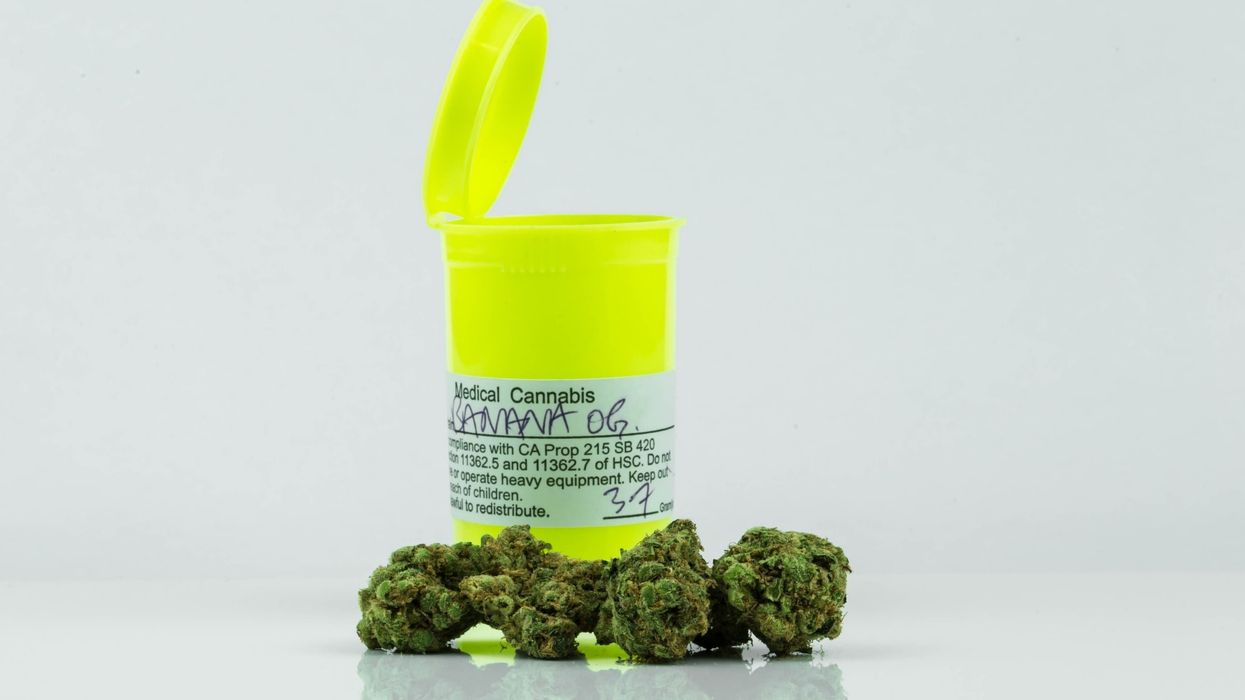

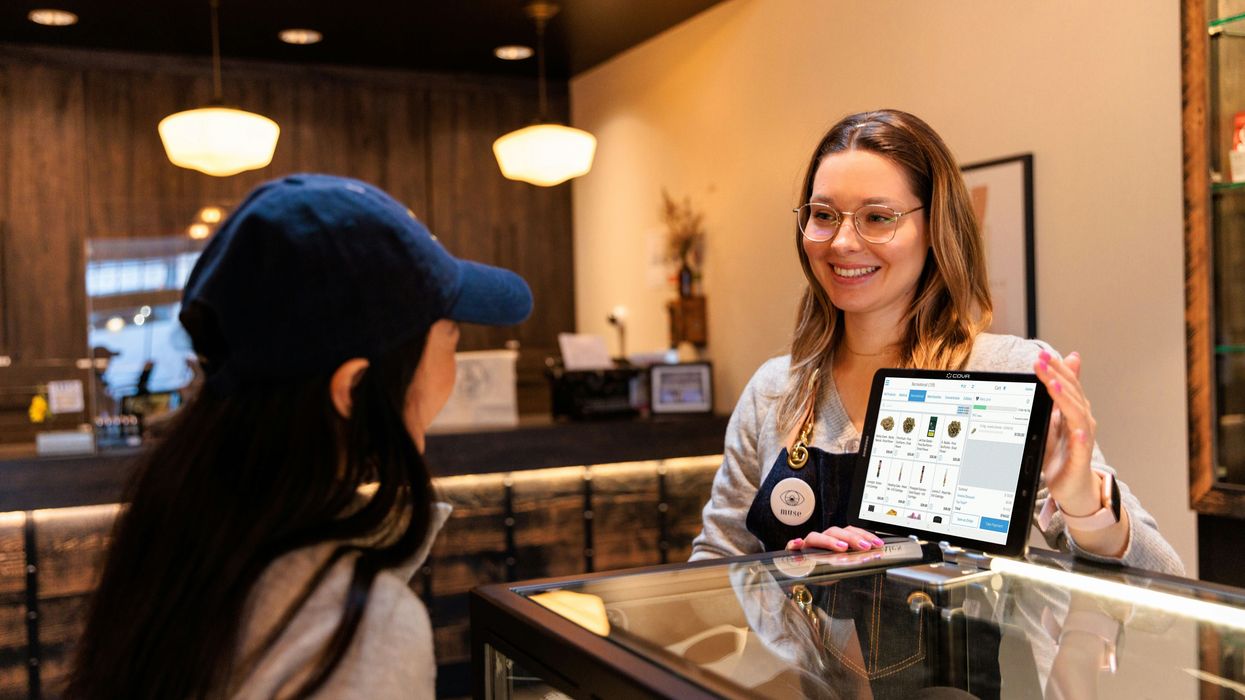



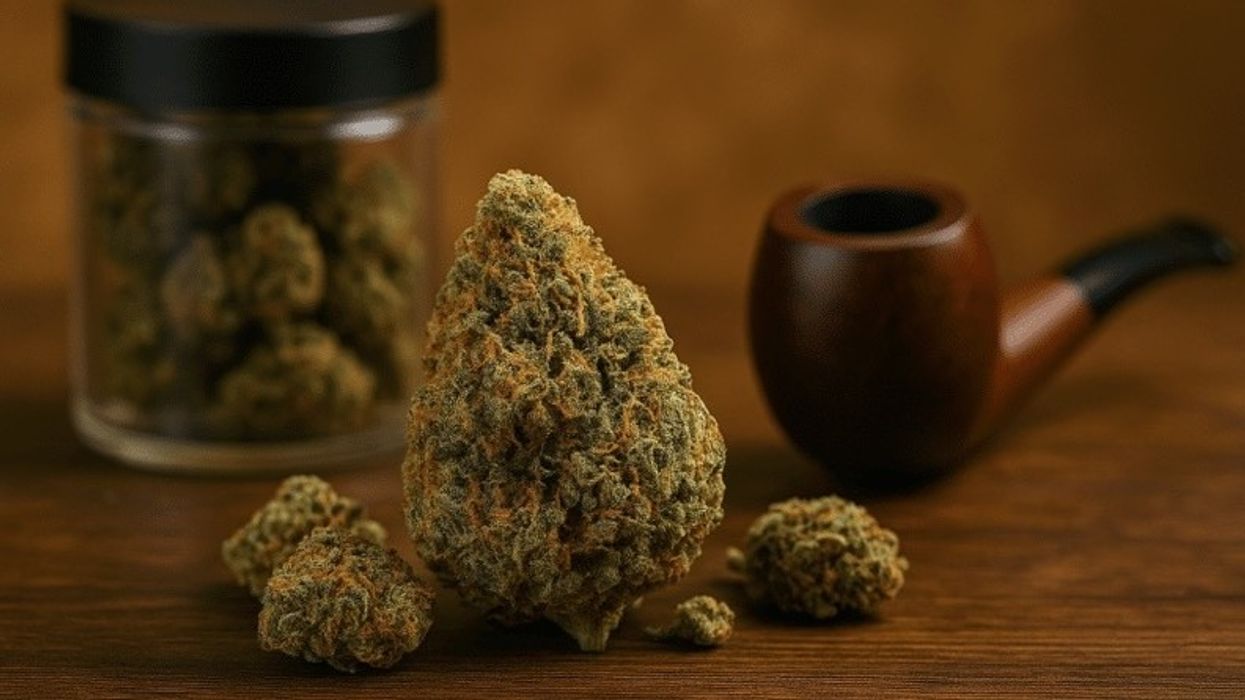
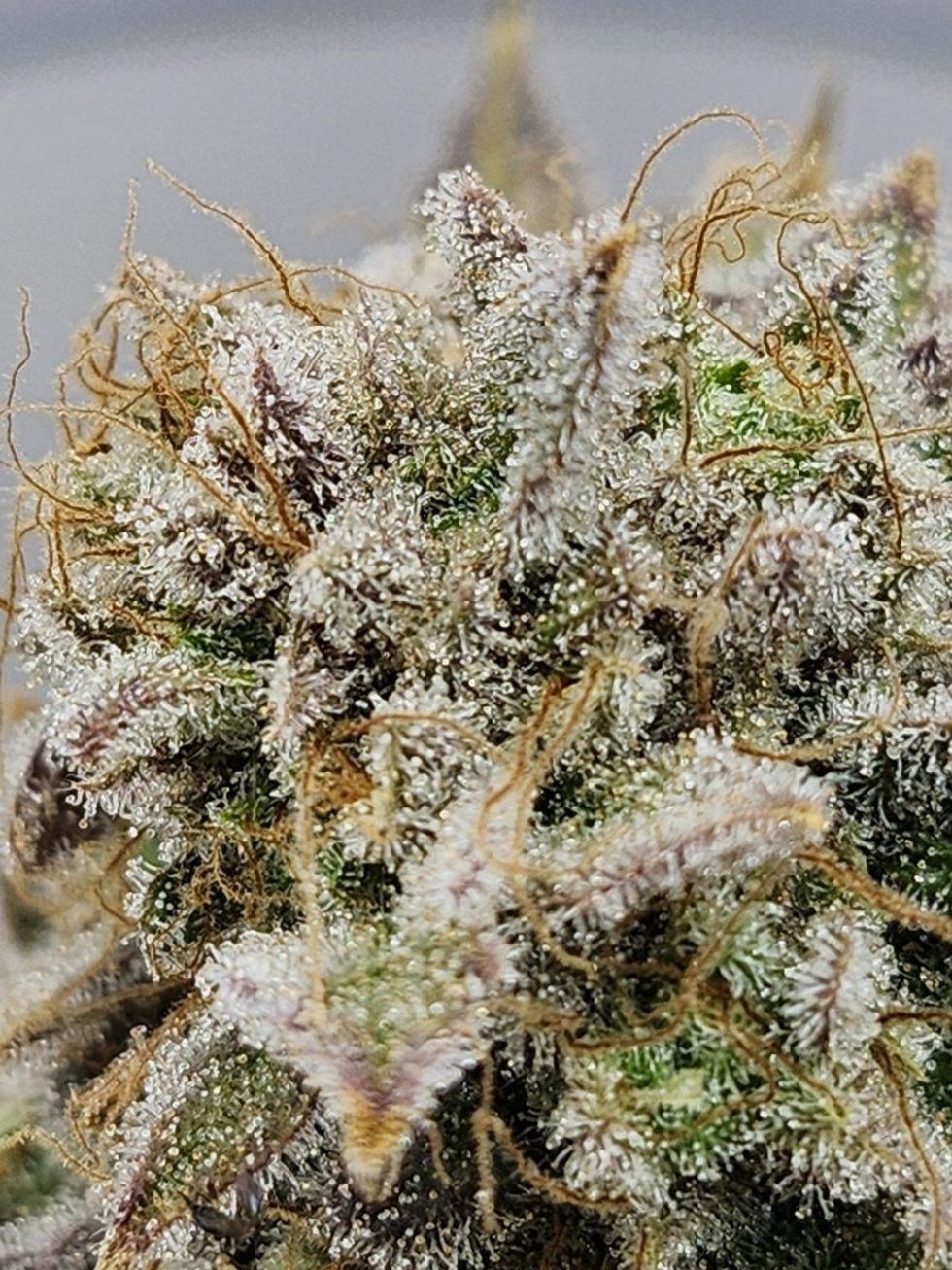 Acapulco Gold Cannabis Strain Review - The Bluntness
Acapulco Gold Cannabis Strain Review - The Bluntness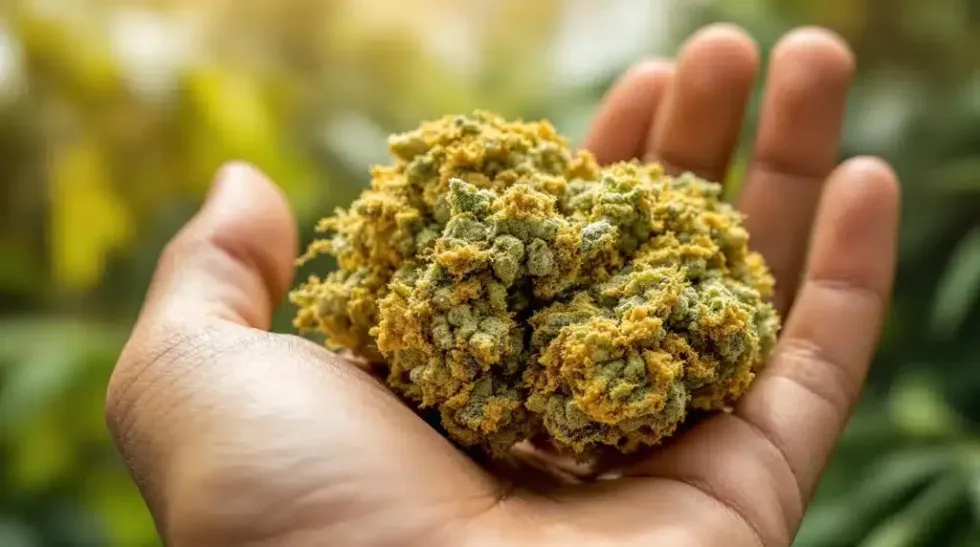 Acapulco Gold Cannabis Strain - The Bluntness Blimburn Seeds
Acapulco Gold Cannabis Strain - The Bluntness Blimburn Seeds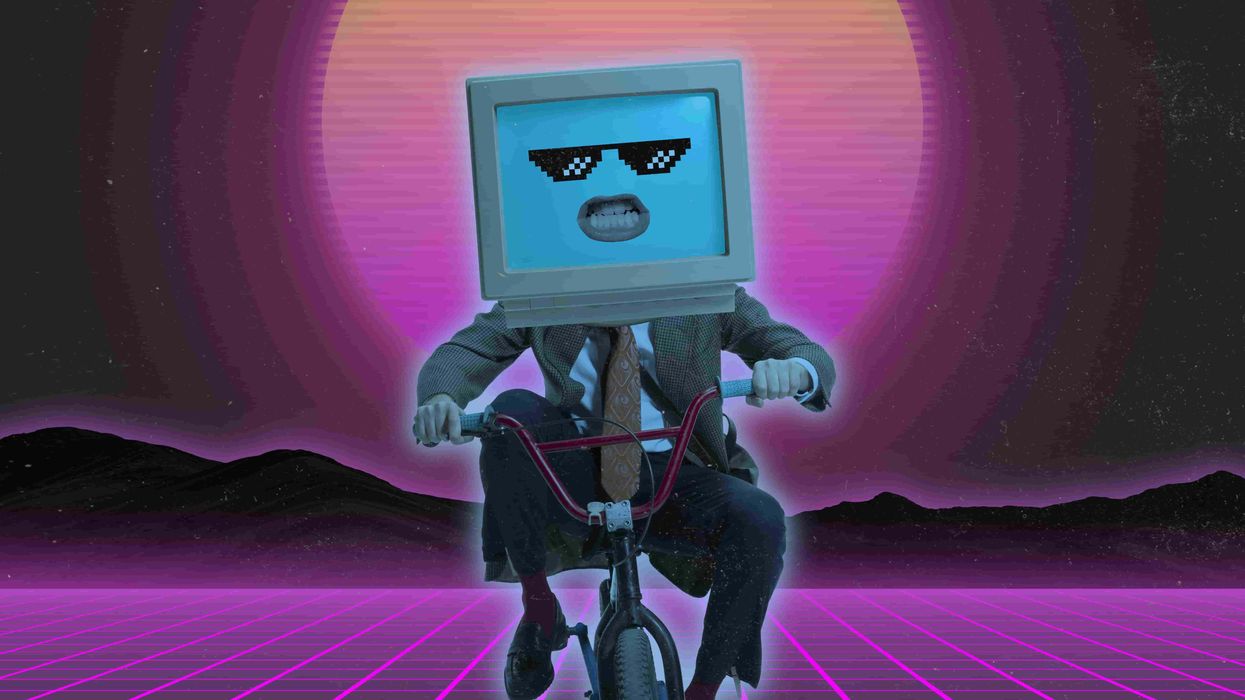

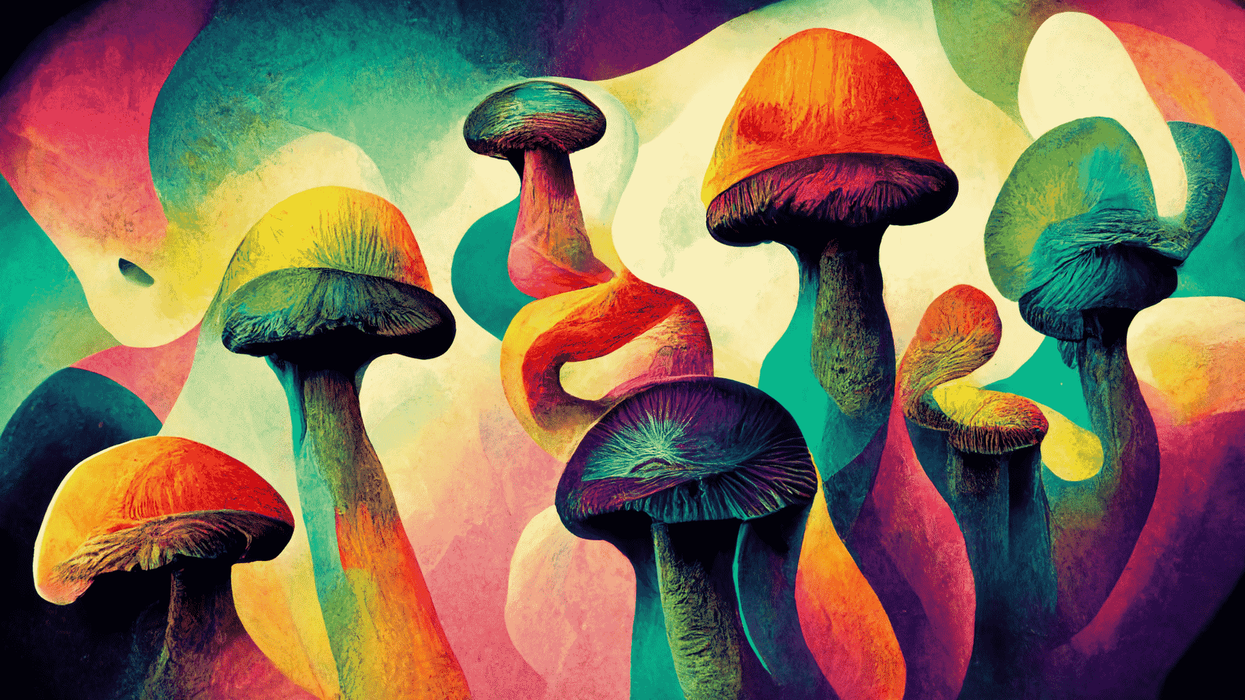
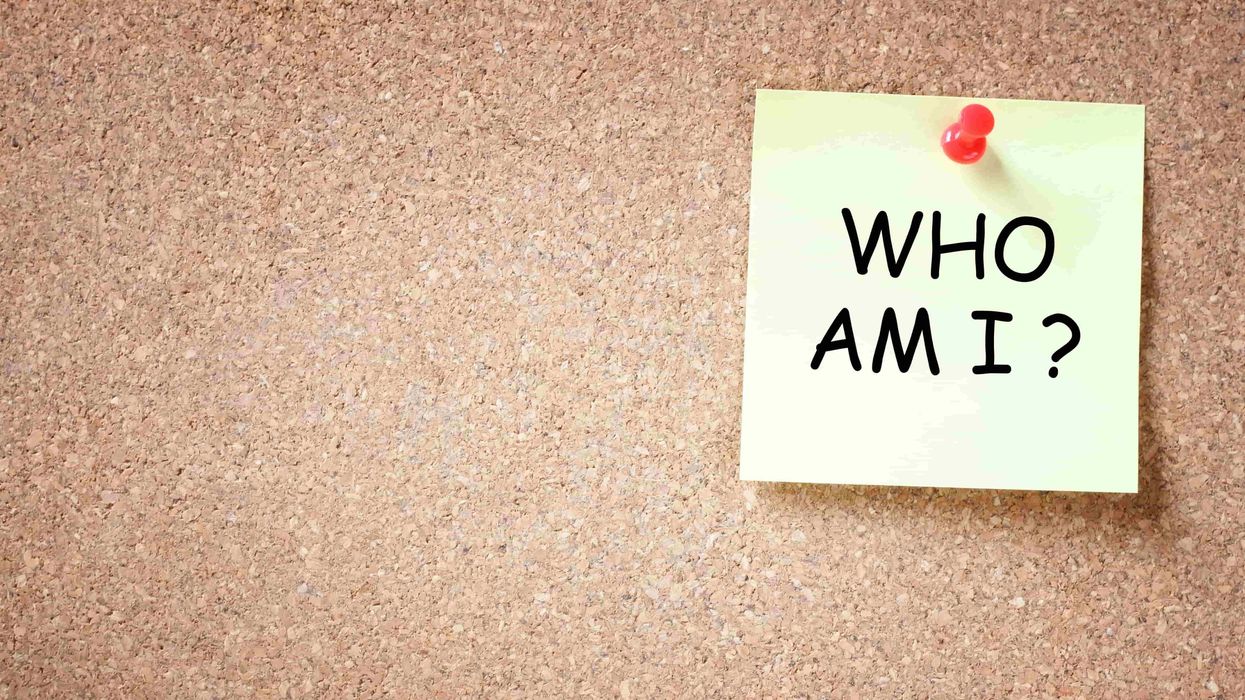
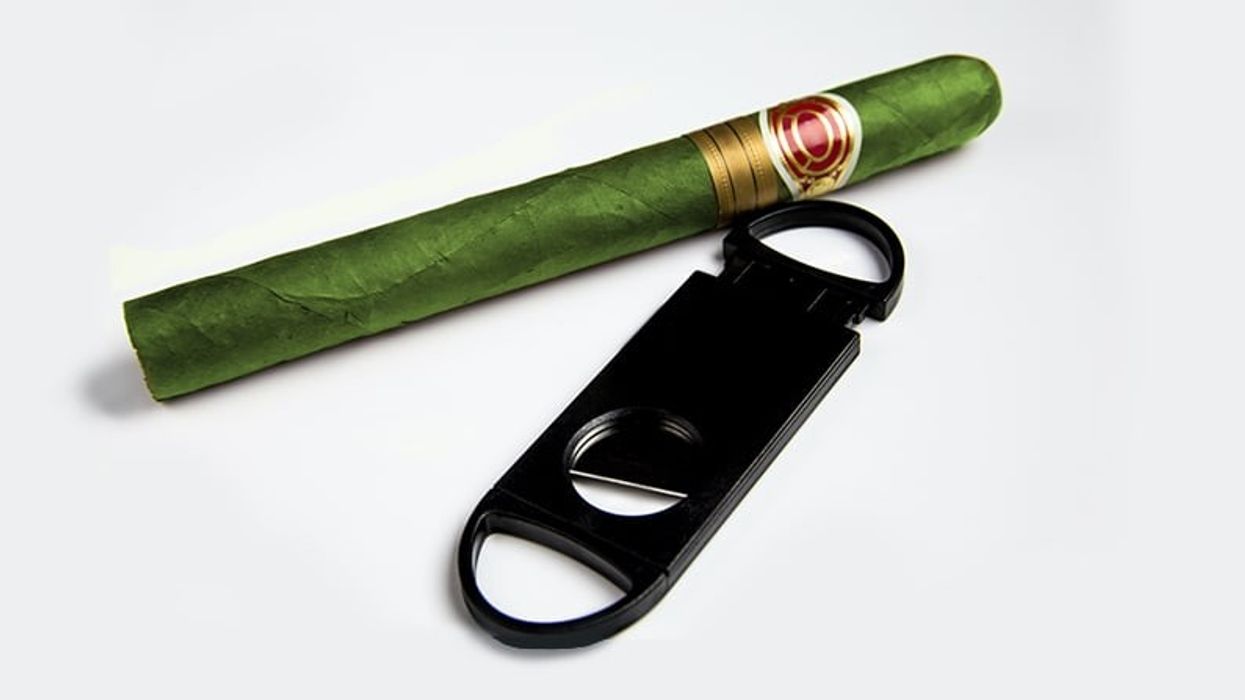
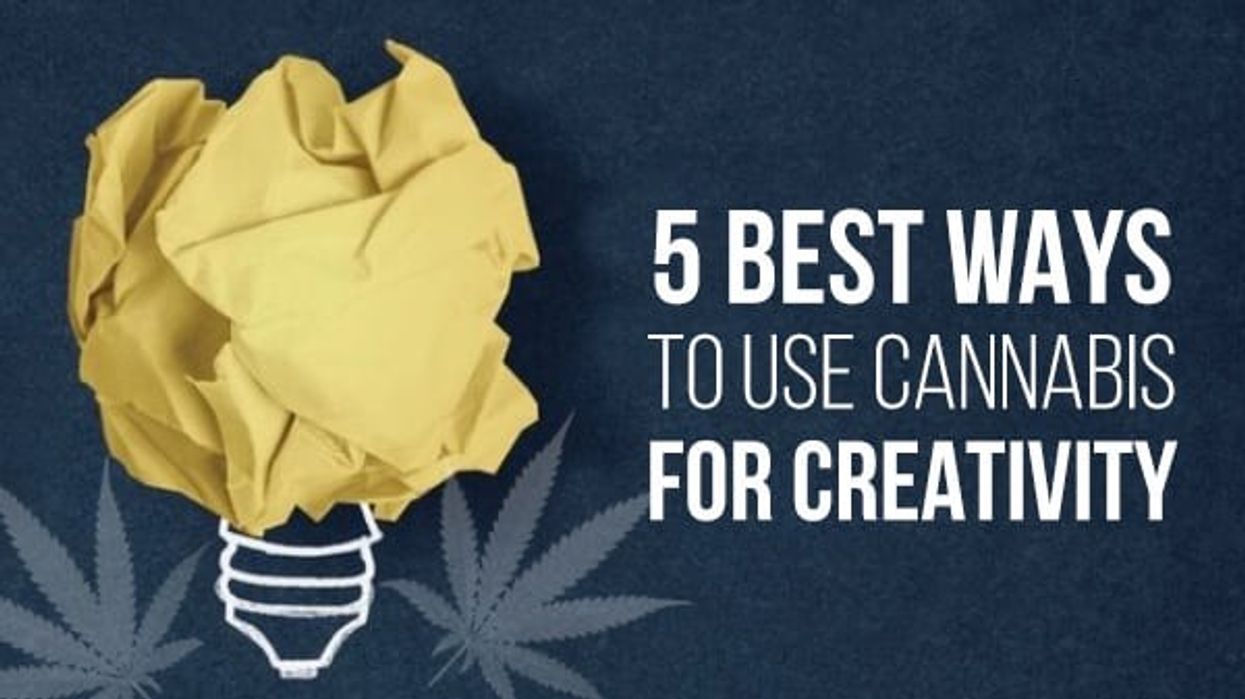
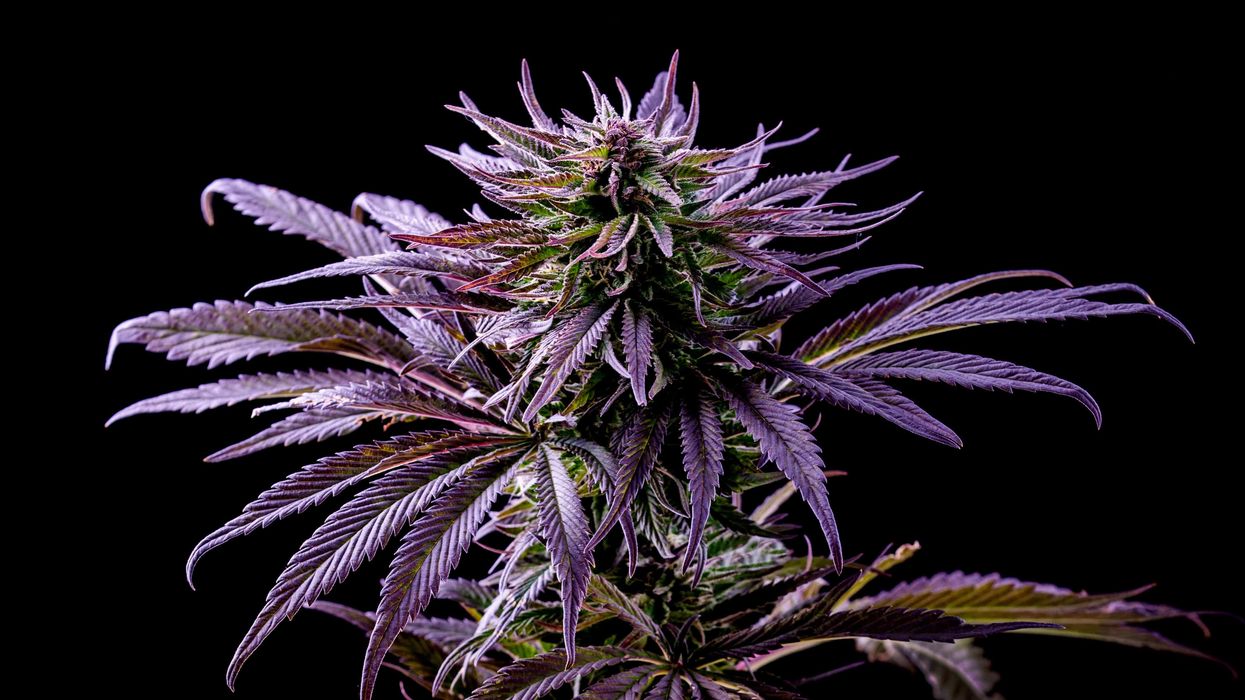
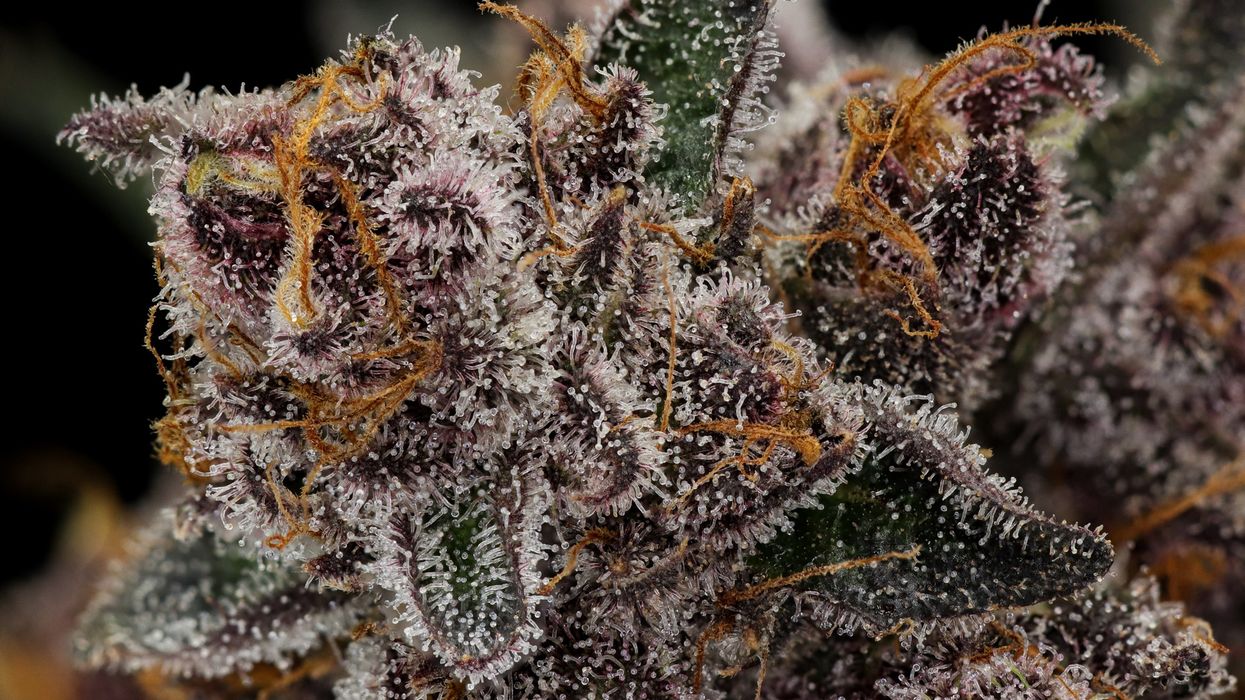
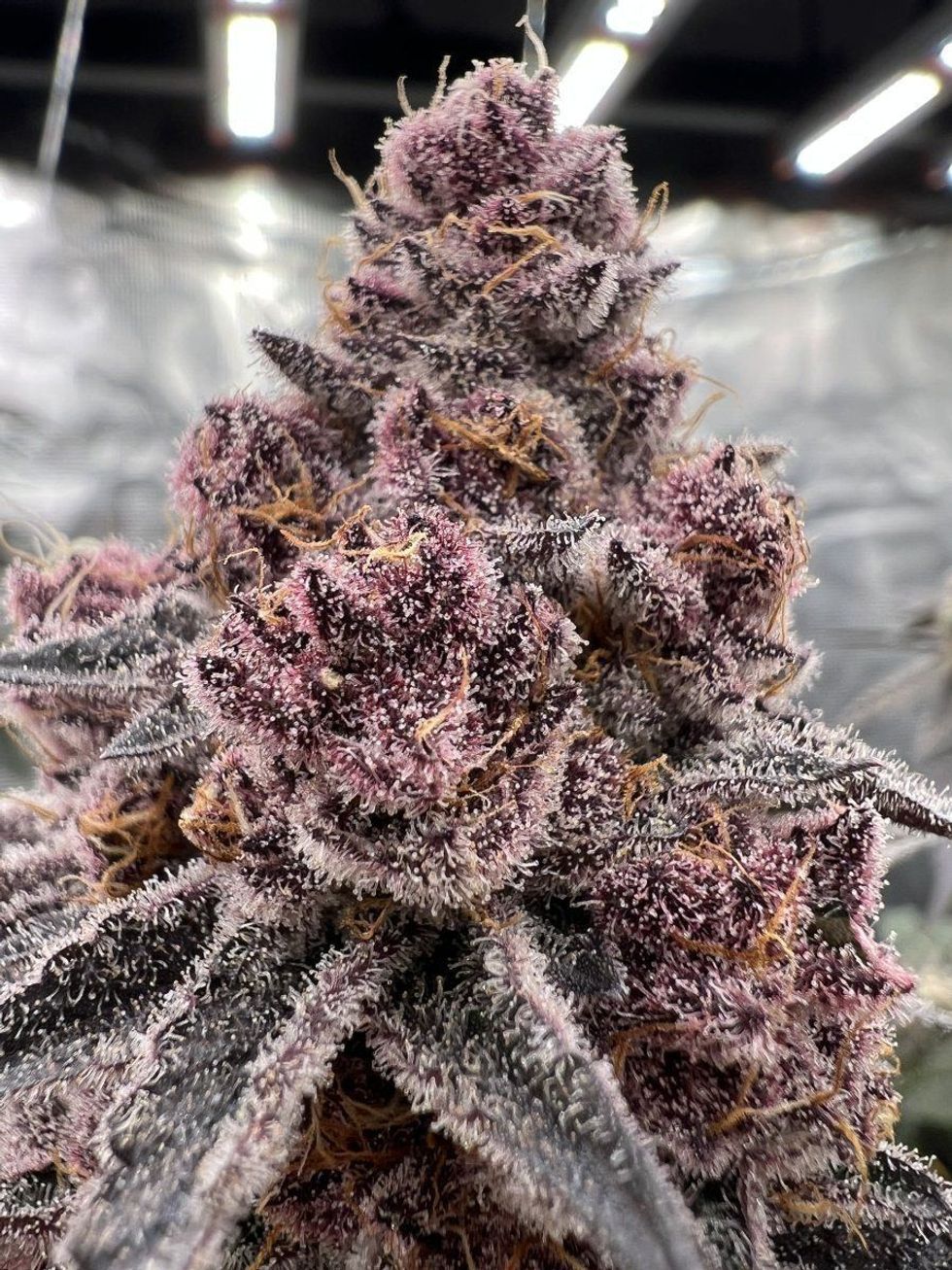 Trop Cherry Strain: A Tropical Hybrid Review - The Bluntness
Trop Cherry Strain: A Tropical Hybrid Review - The Bluntness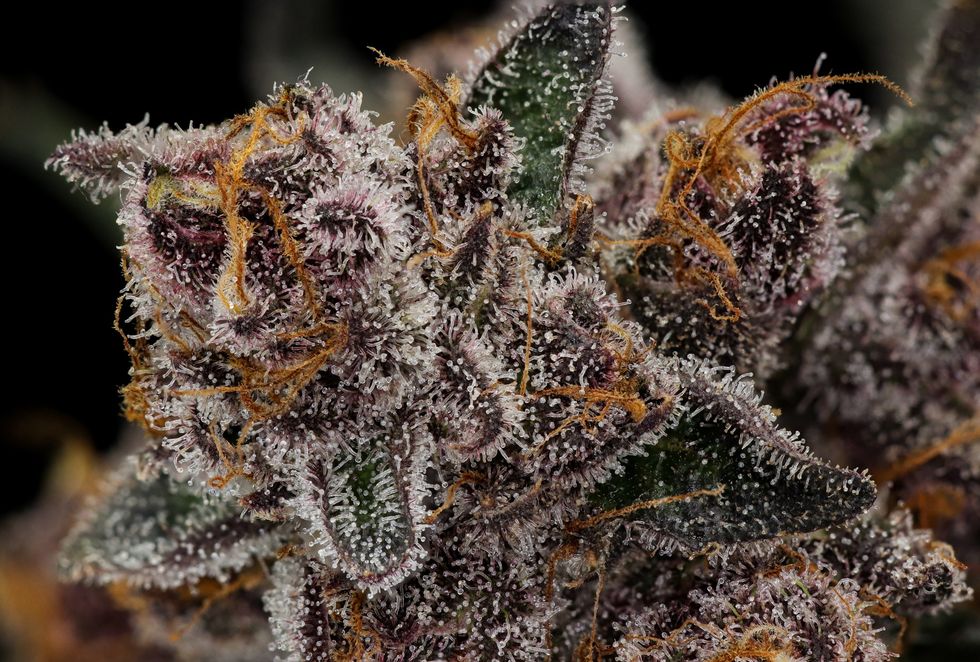 Trop Cherry Strain: A Tropical Hybrid Review - The Bluntness
Trop Cherry Strain: A Tropical Hybrid Review - The Bluntness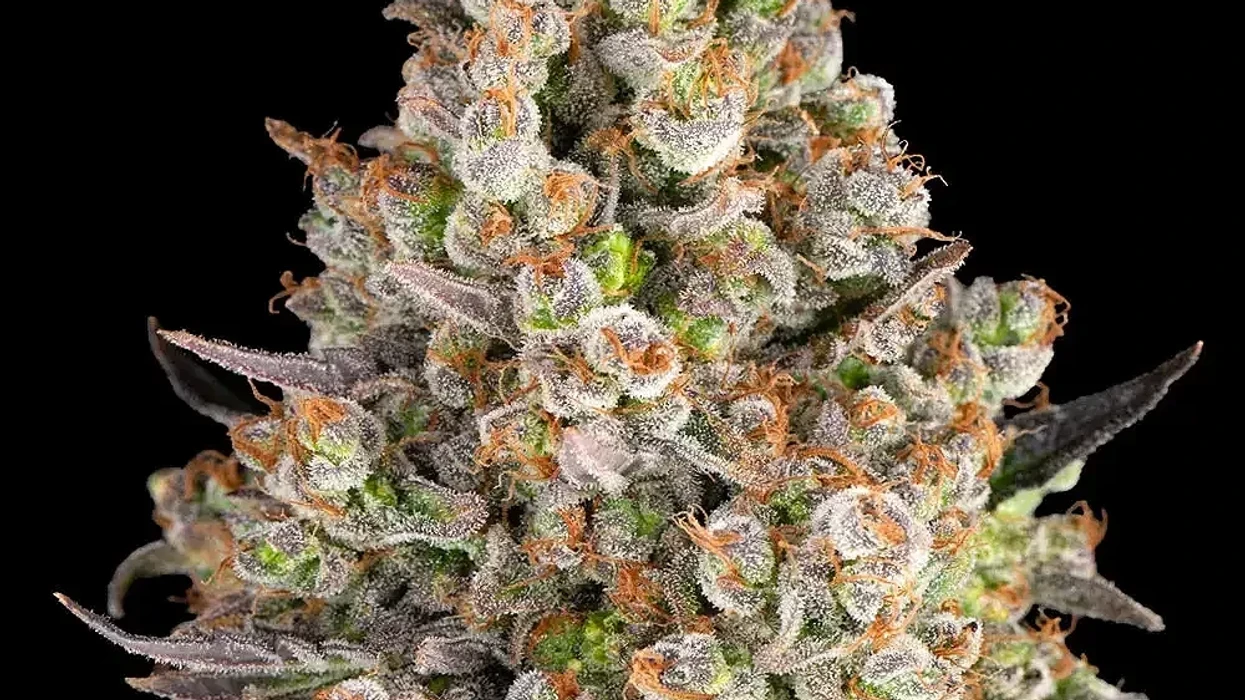
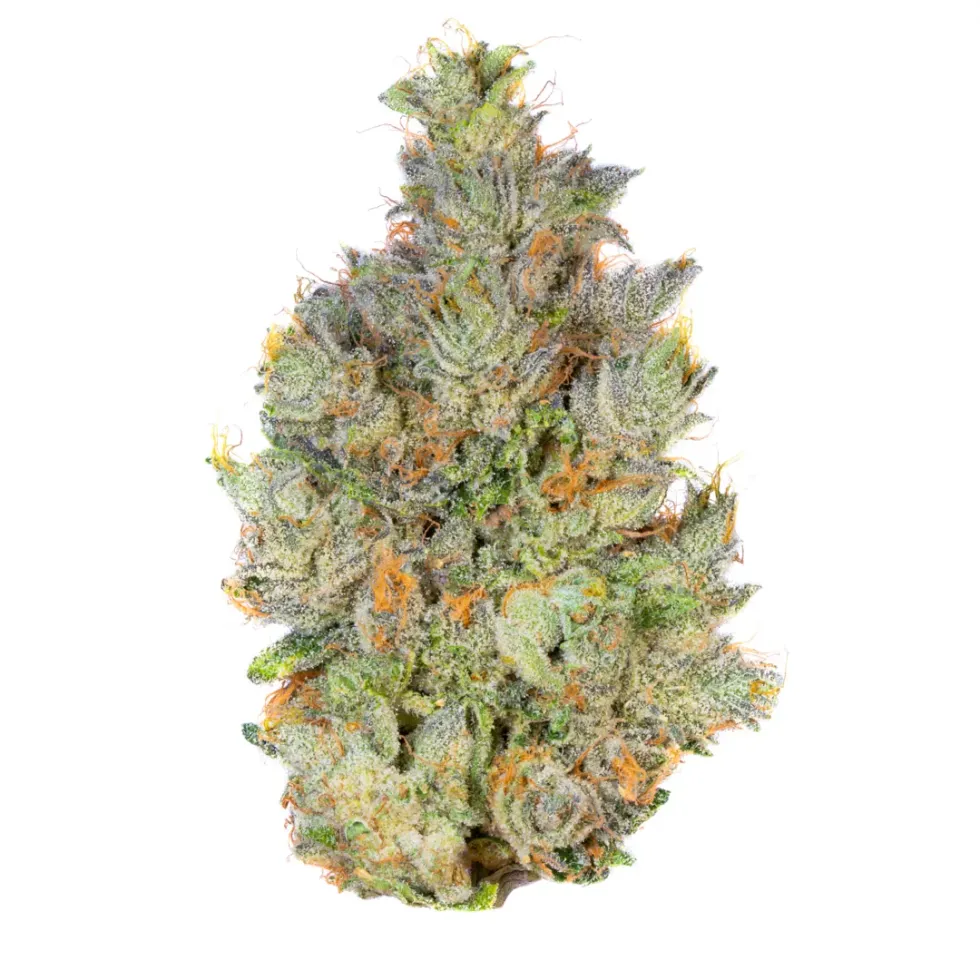 OG Kush Strain: The West Coast Classic That Defined a Generation - The BluntnessAlien Labs
OG Kush Strain: The West Coast Classic That Defined a Generation - The BluntnessAlien Labs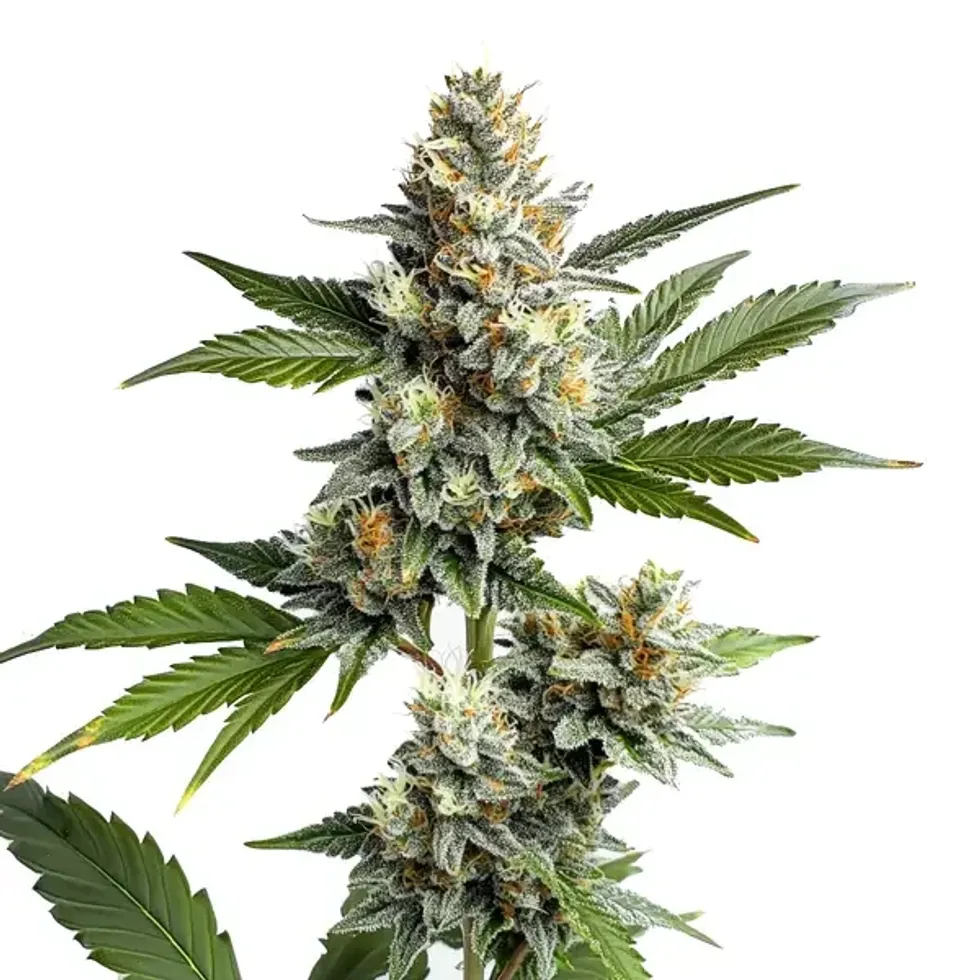 OG Kush Strain: The West Coast Classic That Defined a Generation - The Bluntness
OG Kush Strain: The West Coast Classic That Defined a Generation - The Bluntness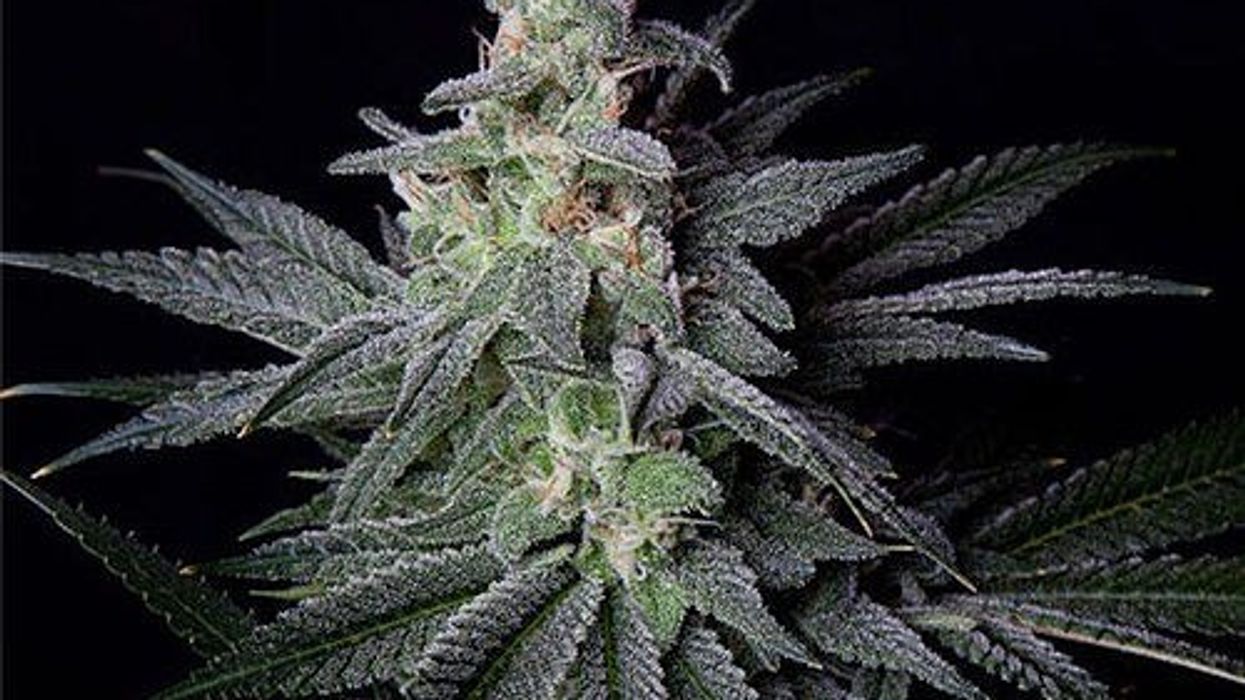
 Jack Herer Strain: The Daytime Champion Named After Cannabis Royalty - The Bluntness
Jack Herer Strain: The Daytime Champion Named After Cannabis Royalty - The Bluntness Jack Herer Strain: The Daytime Champion Named After Cannabis Royalty - The Bluntness
Jack Herer Strain: The Daytime Champion Named After Cannabis Royalty - The Bluntness